Between tens of thousands of new satellites and the increasing weaponization of space, a chain reaction may soon reach a tipping point.



From the Terminator to Spiderman’s suit, self-repairing robots and devices abound in sci-fi movies. In reality, though, wear and tear reduce the effectiveness of electronic devices until they need to be replaced. What is the cracked screen of your mobile phone healing itself overnight, or the solar panels providing energy to satellites continually repairing the damage caused by micro-meteorites?
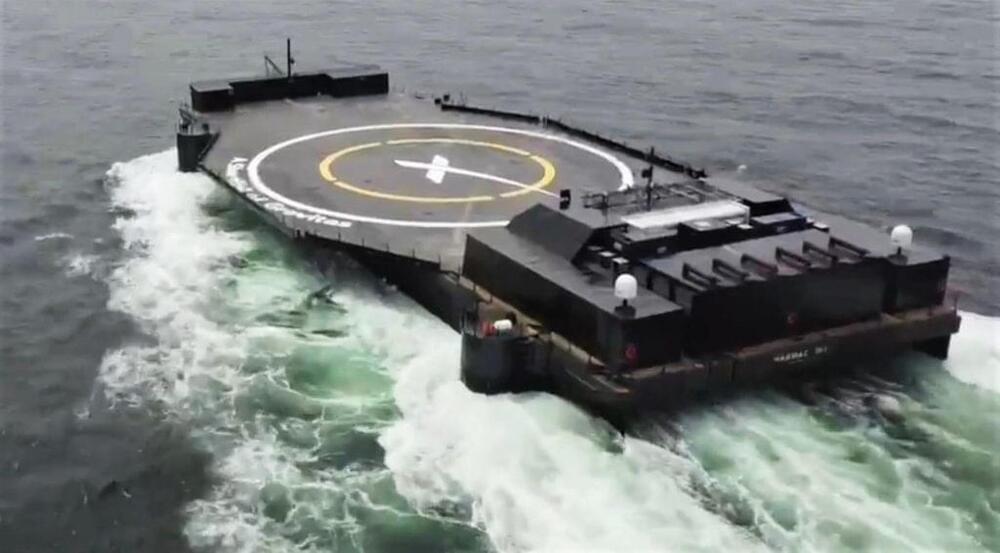
SpaceX drone ship Of Course I Still Love You (OCISLY) departed Port Canaveral on January 1st, heading to sea on the first day of the year for SpaceX’s first launch of 2022.
With a launch manifest that’s never been more jam-packed and seemingly achievable, it’s no surprise that SpaceX is wasting no time kicking off what could be its third record-breaking year in a row. Barring delays, drone ship ASOG will arrive about 640 km (400 mi) downrange at its recovery site – just northeast of the Bahamas – a day or two before Falcon 9’s first launch and landing attempt of the year. Known as Starlink 4–5 (Group 4 Launch 5) and scheduled to lift off no earlier than (NET) 4:49 pm EST (21:49 UTC), Thursday, January 6th, it will be SpaceX’s 34th dedicated Starlink launch since May 2019.
Perhaps more importantly, if the mission goes to plan and doesn’t have rideshare payloads, SpaceX will start 2022 having just launched its 1997th Starlink satellite, including two prototypes that came to be known as Tintin A and B and kicked off the constellation’s in-space hardware testing phase in February 2018. Excluding all prototypes, Starlink 4–5 will mark the launch of more than 1900 (1922) nominally operational Starlink satellites.

In a recent interview, Elon Musk rejected the claims about Starlink satellites crowding the space.
Couple of days ago, China complained to the UN that their space station had two close encounters with Starlink satellites and for safety reasons they implemented preventive collision avoidance control. China’s complain stated that the first incident occurred on 1st July and the second one was on 21st October 2021.
For your information, Starlink is the satellite internet constellation started by Elon Musk’s SpaceX and it aims to provide low cost high speed broadband internet service in every corner of the world, especially in rural places where cell services are not that advance. Currently there are over 1200+ Starlink satellites in space.
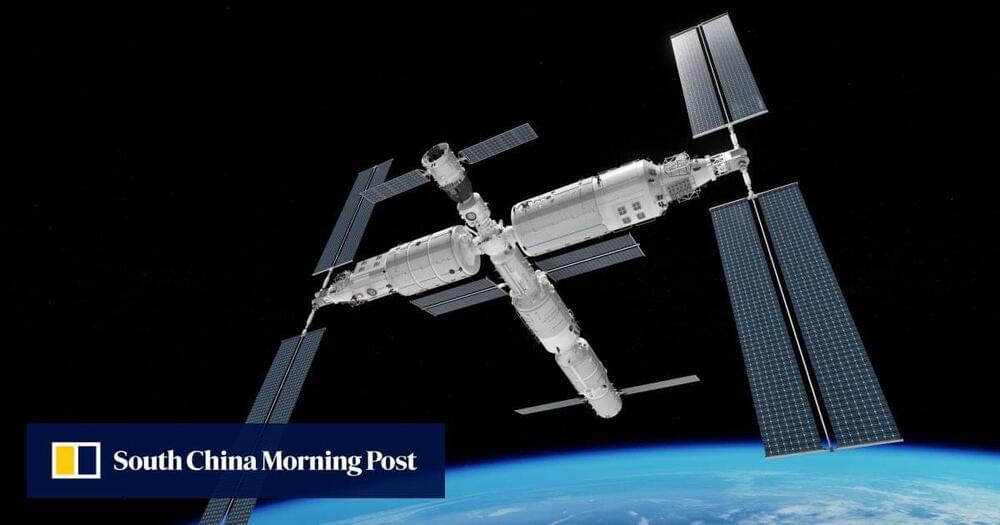
While rotating at up to 10 degrees per second!
The technological competition between the United States and China is growing at breakneck speeds.
A small and relatively low-cost satellite by China can allegedly take high-resolution images of cities in mere seconds, The South China Morning Post first reported. The images are allegedly so detailed that they can be used to identify specific military vehicles and weapons.
An impressive act proving this statement was performed by Beijing-3, a small commercial satellite launched by China in June. Beijing-3 conducted an in-depth scan of the San Francisco Bay, which corresponds to roughly 1,470 sq mi (3,800 sq km), within 42 seconds, according to scientists involved in the satellite project who published the results this month in the Chinese peer-reviewed journal Spacecraft Engineering.
Full Story:
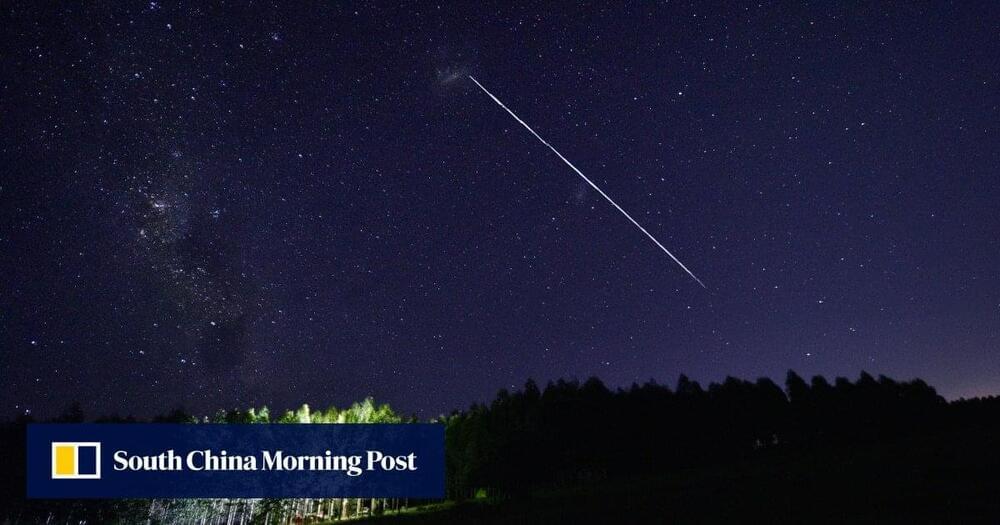
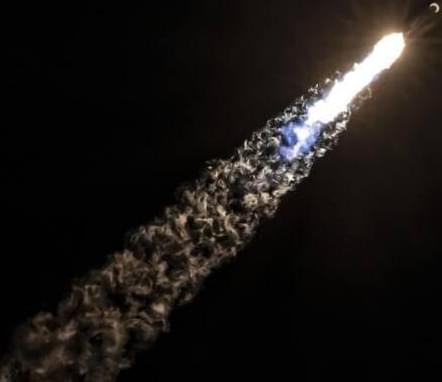
Celestial tensions mount with U.S. as both sides aim for supremacy.
PALO ALTO, U.S. — China on Tuesday accused the U.S. of ignoring international space law and urged Washington to act responsibly after two near-collisions this year between Beijing’s new orbiting station and satellites launched by Elon Musk’s exploration company SpaceX.
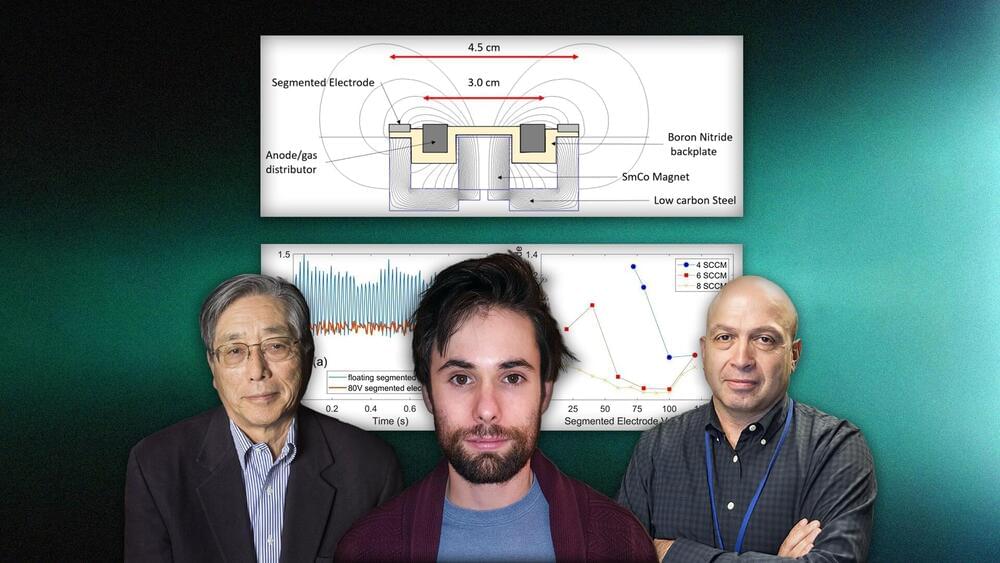
The growing interest in deep-space exploration has sparked the need for powerful long-lived rocket systems to drive spacecraft through the cosmos. Scientists at the U.S. Department of Energy’s (DOE) Princeton Plasma Physics Laboratory (PPPL) have now developed a tiny modified version of a plasma-based propulsion system called a Hall thruster that both increases the lifetime of the rocket and produces high power.
The miniaturized system powered by plasma—the state of matter composed of free-floating electrons and atomic nuclei, or ions—measures little more than an inch in diameter and eliminates the walls around the plasma propellent to create innovative thruster configurations. Among these innovations are the cylindrical Hall thruster, first proposed and studied at PPPL, and a fully wall-less Hall thruster. Both configurations reduce channel erosion caused by plasma-wall interactions that limit the thruster lifetime—a key problem for conventional annular, or ring-shaped, Hall thrusters and especially for miniaturized low-power thrusters for applications on small satellites.

Billionaire Elon Musk is facing criticism in China after the country recently complained that its budding space station, which is still in construction, had two “close encounters” with satellites launched by SpaceX’s Starlink program earlier this year. The Chinese space station was twice forced to take evasive action in order to avoid collision with satellites launched by Musk’s rocket company SpaceX, according to a document submitted by China to the United Nations Office for Outer Space Affairs earlier this month.
Though the claims have not been independently verified and SpaceX is yet to respond, China alleges that its space station had to implement “preventive collision avoidance control” both on July 1 and October 21 when faced with oncoming Starlink satellites.
According to the document, China informed the U.N. Secretary-General that the close encounters with Starlink satellites “constituted dangers to the life or health of astronauts aboard the China Space Station.”